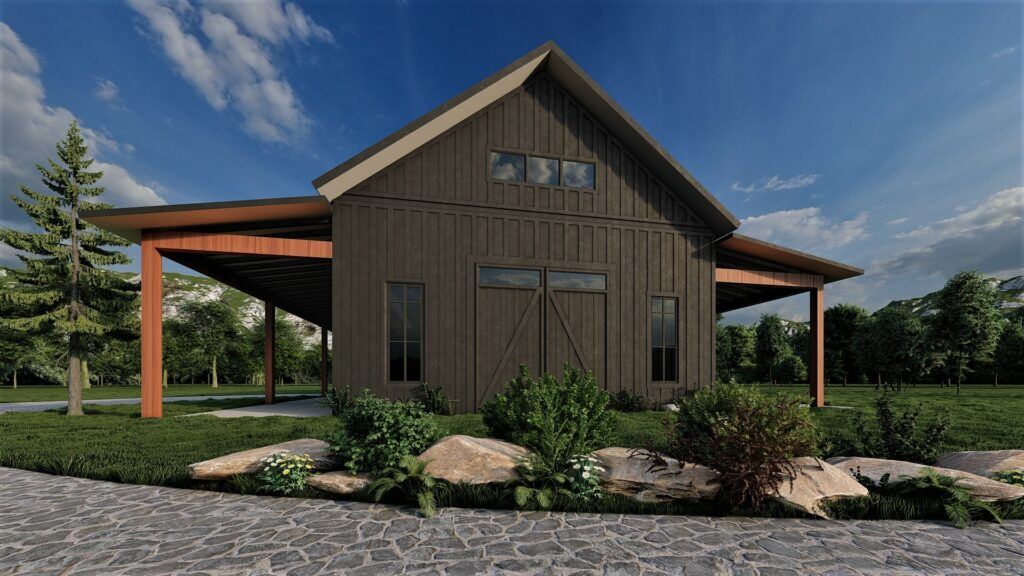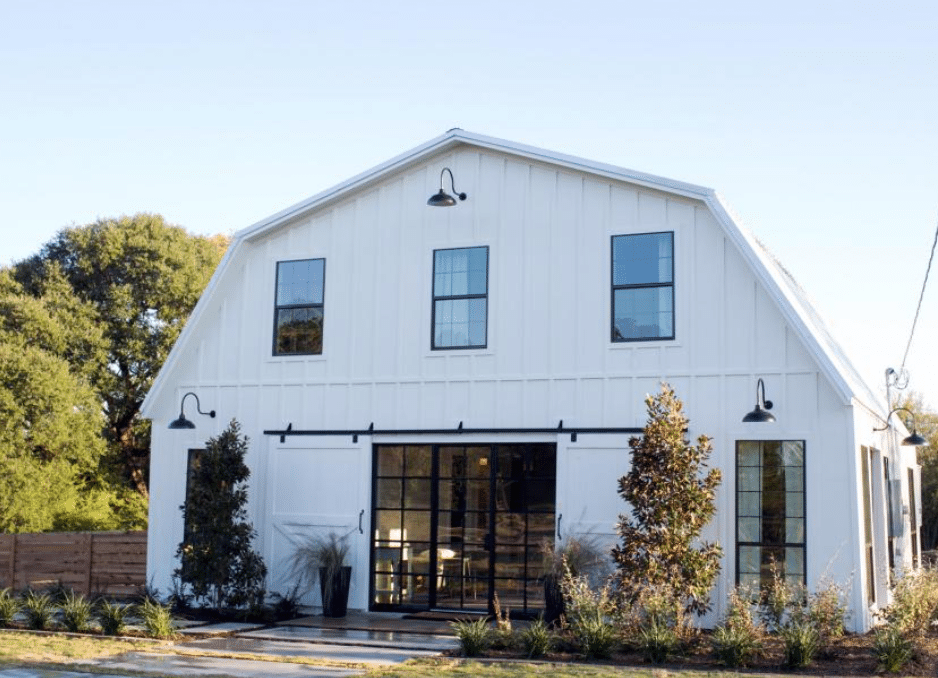Barndominiums Vs. Conventional Homes: a Comprehensive Comparison of Lifestyle and Capability
The choice in between barndominiums and conventional homes includes various factors, consisting of way of living preferences and functional requirements. Barndominiums are identified by their open designs and versatility, typically appealing to those that focus on common living and versatility. In comparison, standard homes use a more organized setting, which may much better offer families looking for personal privacy and a sense of background. As we take a look at the cost effects and environmental considerations, it comes to be clear that the choice expands beyond mere appearances and performance; it invites a much deeper exploration of what absolutely defines a home.
Summary of Barndominiums
Barndominiums, a novel housing trend acquiring popularity across different regions, blend the rustic charm of barn-style architecture with the functionality of modern living spaces. These distinct structures commonly contain a metal or timber structure, combining open layout and high ceilings with energy-efficient features. Typically located on extensive rural homes, barndominiums use house owners the chance to delight in a peaceful lifestyle while providing enough room for different activities.
The flexibility of barndominiums extends past their aesthetic appeal; they can function as both living quarters and useful areas for hobbies, workshops, or perhaps small companies. Their adaptive layout allows for simple personalization, fitting varied family needs and choices. Many proprietors value the low upkeep needs connected with metal exterior siding and roofing, adding to long-lasting toughness.

Characteristics of Standard Houses
Highlighting classic design and convenience, conventional homes are defined by their distinctive architectural styles, which typically mirror historic influences and local aesthetic appeals. Usual attributes include balanced facades, gabled roofing systems, and a focus on workmanship, causing a cozy and inviting environment.
Typical homes commonly include components such as crown molding, wainscoting, and hardwood flooring, enhancing their timeless appeal. They commonly include multiple areas with specified purposes, promoting family interaction while permitting privacy. visit site. The format usually consists of formal living and eating locations, which are helpful to amusing visitors and holding family members gatherings
Exterior materials such as block, timber, or rock are often utilized, adding to toughness and a sense of durability. Barndominium repair. In addition, numerous conventional homes are made with front patios or stoops, cultivating a sense of neighborhood and link with the community
Landscaping plays a substantial role in typical home layout, with well-maintained gardens and paths that boost curb charm - click here to view. On the whole, standard homes embody read review a feeling of fond memories and security, appealing to those that value heritage and a much more organized living atmosphere
Price Contrast
Commonly, a price comparison between barndominiums and typical homes discloses considerable differences in construction expenses and general financial investment. Barndominiums, frequently built from metal or steel frames, generally incur reduced material and labor expenses than typical homes constructed from wood and brick. The simplified design of barndominiums can equate to lowered building times, better decreasing labor prices and speeding up tenancy.
Usually, the expense per square foot for a barndominium ranges from $100 to $150, while traditional homes can differ extensively, usually falling in between $150 and $300 per square foot, relying on location, materials, and style complexity. This expense variation makes barndominiums an appealing option for budget-conscious buyers seeking larger space without compromising quality.
Additionally, barndominiums might cause long-lasting financial savings via reduced upkeep expenses, energy effectiveness, and insurance prices. Their long lasting building and construction products often need much less maintenance in time contrasted to conventional homes. However, it is vital to take into consideration that while initial costs may be lower for barndominiums, the last investment will additionally depend upon private modification and preferred facilities, which can influence the overall cost in both real estate types.
Way Of Living and Room Considerations
When considering way of life and space, barndominiums use a special adaptability that interest a selection of house owners. These hybrid structures integrate household living with useful space, frequently featuring open floor plans that can be adjusted to fit specific needs. This adaptability is especially advantageous for families or individuals seeking a tailored living environment, enabling diverse usages such as home offices, workshops, or leisure locations.

In addition, the aesthetic charm of barndominiums can satisfy both rustic and modern tastes, making them a versatile selection for various style choices (Barndominium builder). Eventually, the selection between a barndominium and a standard home frequently depends upon exactly how well each alternative straightens with the house owner's way of living ambitions and spatial demands, highlighting the value of considering individual top priorities in the decision-making procedure
Environmental Impact and Sustainability
The environmental effect and sustainability of barndominiums present engaging advantages compared to traditional homes. Mainly constructed from steel and various other resilient products, barndominiums are often constructed using recycled sources, lowering the demand for new products and lessening waste. Their style normally highlights open rooms, which can cause lower energy usage for heating & cooling compared to conventional homes with even more segmented formats.
Furthermore, barndominiums can incorporate lasting functions such as photovoltaic panels, rain harvesting systems, and advanced insulation methods, improving their power efficiency. The flexibility of their design permits property owners to incorporate these innovations more perfectly than in numerous conventional homes, which might require substantial retrofitting.
Additionally, barndominiums typically call for fewer resources for construction because of their easier, more efficient styles. This not only reduces the carbon footprint related to building but likewise contributes to a more lasting way of living. In contrast, typical homes might include higher degrees of energy expenditure and resource make use of throughout their lifecycle, from building and construction to maintenance. Overall, barndominiums stand for a forward-thinking strategy to lasting living, lining up with modern environmental priorities.
Final Thought
In recap, the option between barndominiums and conventional homes pivots on individual way of life preferences and useful needs. Barndominiums, with their open designs and sustainable products, provide to those looking for adaptability and public living.